Common Types Of Cranes
In the realm of heavy lifting and material handling, choosing the right crane can make all the difference in a project’s success. Three prominent contenders in this domain are HIAB cranes, mobile cranes, and tower cranes. Each of these machines boasts unique strengths and specialties, tailored to different tasks and industries. In this comprehensive comparison, we’ll delve into the capabilities, suitability for specific tasks, and cost-effectiveness of these cranes, providing you with valuable insights to help you make informed decisions in your projects. Join us as we dissect these formidable tools, uncovering their distinct advantages and determining where each one shines brightest.
1. Capabilities:
HIAB Cranes:
HIAB cranes are renowned for their exceptional versatility and adaptability in material handling operations. Specifically designed for loading and unloading tasks, these cranes find their common placement on trucks or trailers. Their forte lies in executing tasks demanding utmost precision and agility. This includes the adept handling of pallets, construction materials, and heavy equipment. Their manoeuvrability and precise controls make them indispensable in a variety of industries.
Mobile Cranes:
Mobile cranes are the workhorses of heavy lifting, boasting remarkable adaptability and the ability to hoist substantial loads to significant heights. These cranes are mounted on wheels, which makes them readily transportable to diverse job sites. They excel in construction projects, particularly tasks like erecting steel structures, lifting bulky equipment, and navigating lifts within confined spaces. Their mobility and lifting capacity make them a versatile choice in dynamic work environments.
Tower Cranes:
Designed specifically for vertical lifting on construction sites, tower cranes stand tall as giants in the industry. With the capability to reach staggering heights, they are indispensable in the construction of high-rise buildings and large-scale structures. Tower cranes feature a fixed vertical mast and a rotating horizontal boom, allowing for meticulous and controlled placement of heavy materials. Their precision and power make them instrumental in large-scale construction endeavours.
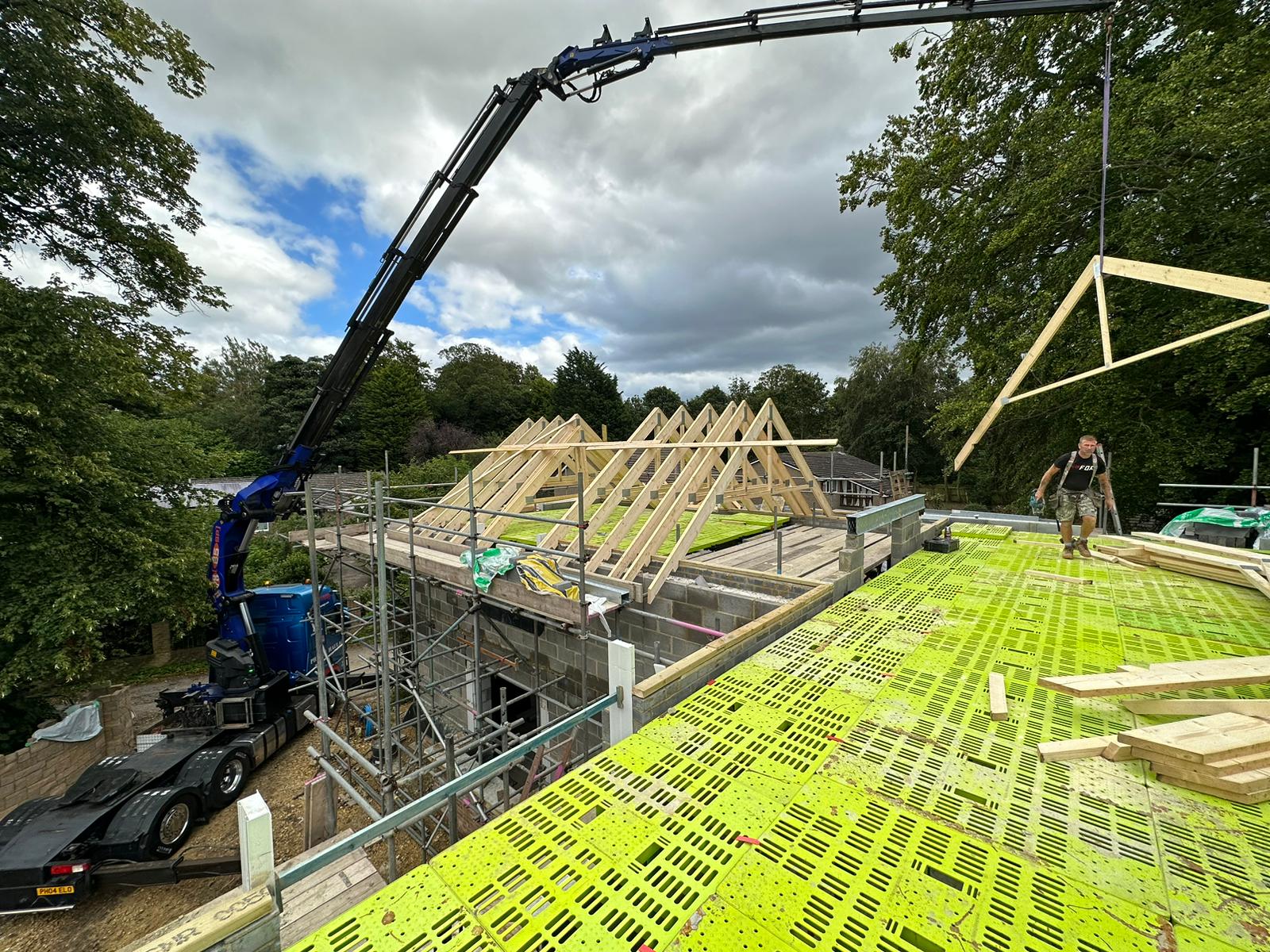
2. Suitability for Specific Tasks:
HIAB Cranes:
HIAB cranes are the go-to solution for tasks revolving around the loading and unloading of goods across various industries. Their prevalence is particularly notable in logistics, forestry, construction, and municipal operations. What sets them apart is their ability to seamlessly blend precision, speed, and flexibility – a crucial combination for dynamic work environments.
Mobile Cranes:
Incredibly versatile, mobile cranes are aptly suited for a wide array of tasks, ranging from pivotal construction projects to emergency situations. They stand out in their capacity to handle both weighty and unwieldy loads, making them invaluable in projects like bridge construction, HVAC system installations, and tall structure maintenance.
Tower Cranes:
Tower cranes are the undisputed champions of vertical material movement in construction. Their specialised design makes them a cornerstone in high-rise building construction and large-scale infrastructure projects. With unrivalled precision and control, they excel at placing heavy loads at significant heights, ensuring the seamless progression of towering structures.
3. Cost-effectiveness:
HIAB Cranes:
HIAB cranes strike a balance between capability and cost-effectiveness. They prove to be the more economically viable choice for businesses that require frequent loading and unloading tasks. This is especially evident when compared to larger, more capital-intensive crane options.
Mobile Cranes:
Mobile cranes, while versatile, constitute a substantial investment, particularly for small to medium-sized businesses. They exhibit cost-effectiveness in projects necessitating heavy lifting at varied locations and heights, offering significant value in return.
Tower Cranes:
While tower cranes may bear a hefty initial cost for acquisition and setup, their cost-effectiveness manifests in large-scale construction projects demanding consistent and precise vertical lifting. Their unparalleled lifting capacity and precision become a vital asset in the construction of towering edifices.
Conclusion:
In summary, the choice between HIAB cranes, mobile cranes, and tower cranes depends on the specific needs of the project or business. HIAB cranes are excellent for tasks that require flexibility and precision, while mobile cranes excel in versatility and the ability to handle heavy loads at different locations. Tower cranes, on the other hand, are indispensable for large-scale construction projects that involve the vertical movement of heavy materials.
Ultimately, a thorough assessment of the project requirements, budget constraints, and logistical considerations will help determine which type of crane is the most suitable and cost-effective choice.

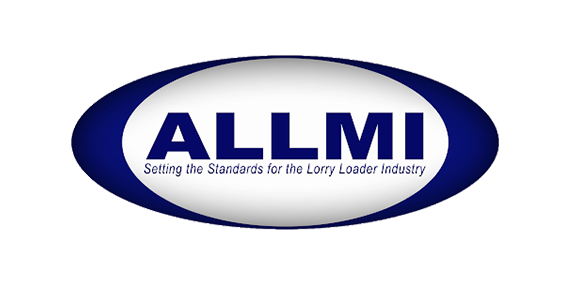





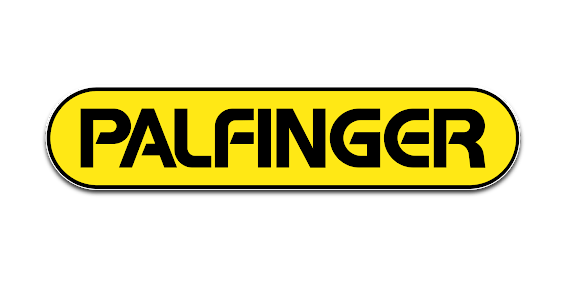


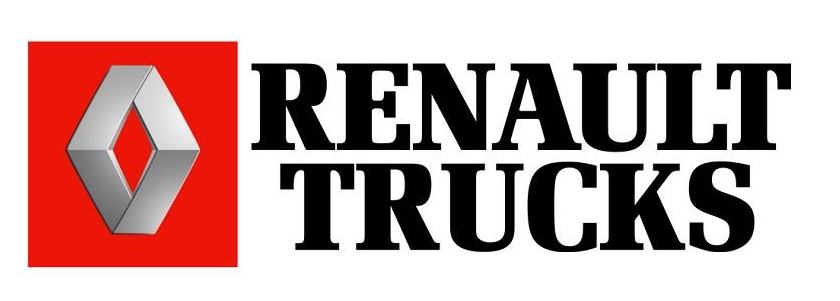

One Comment